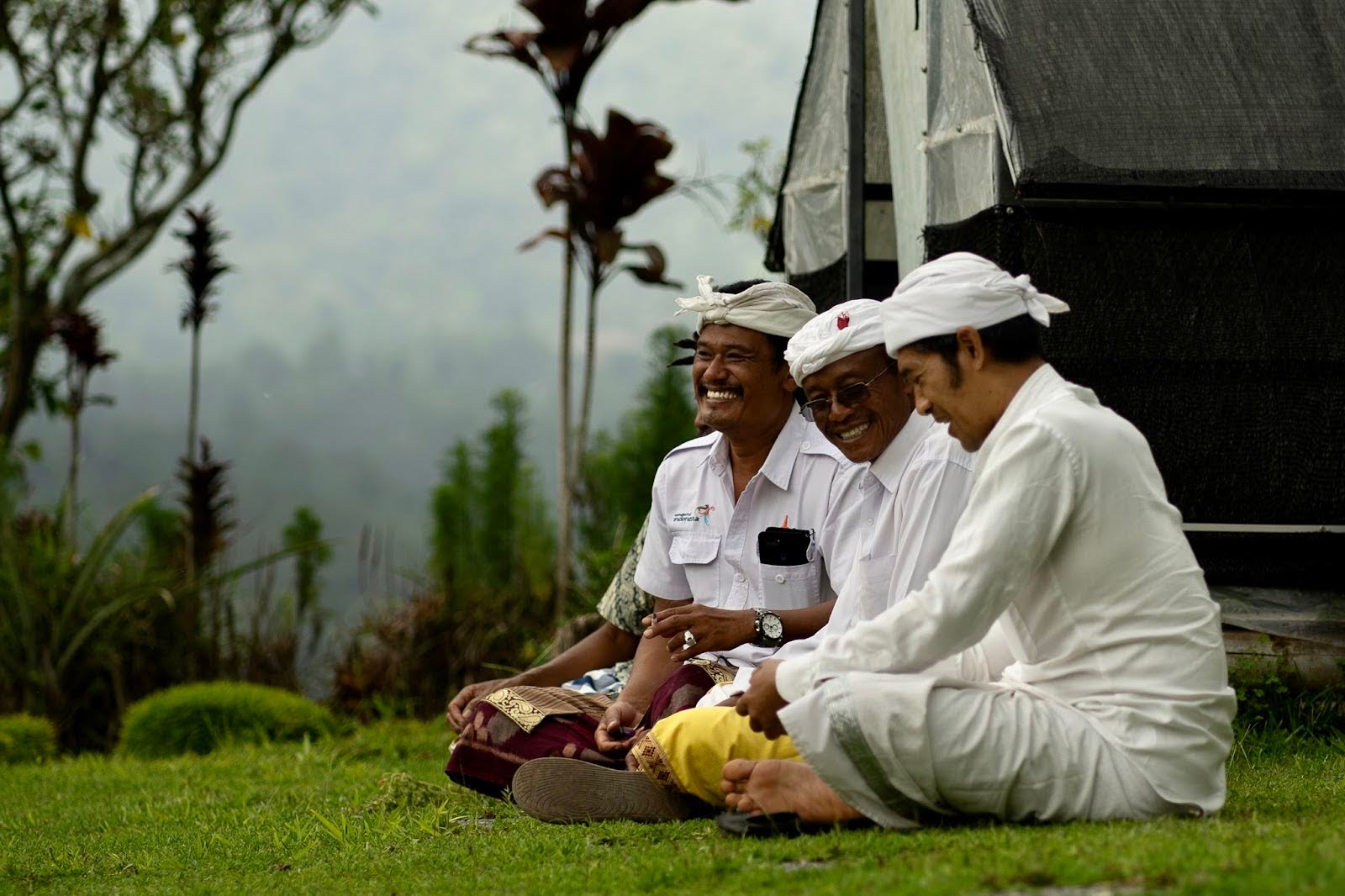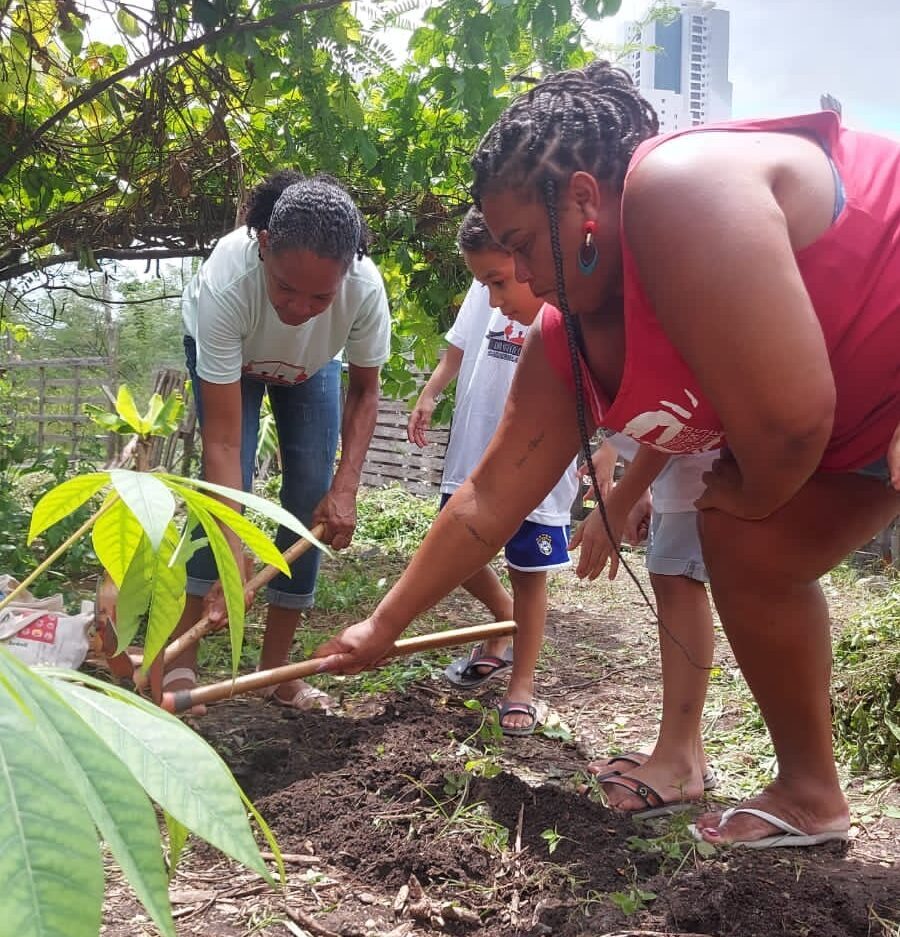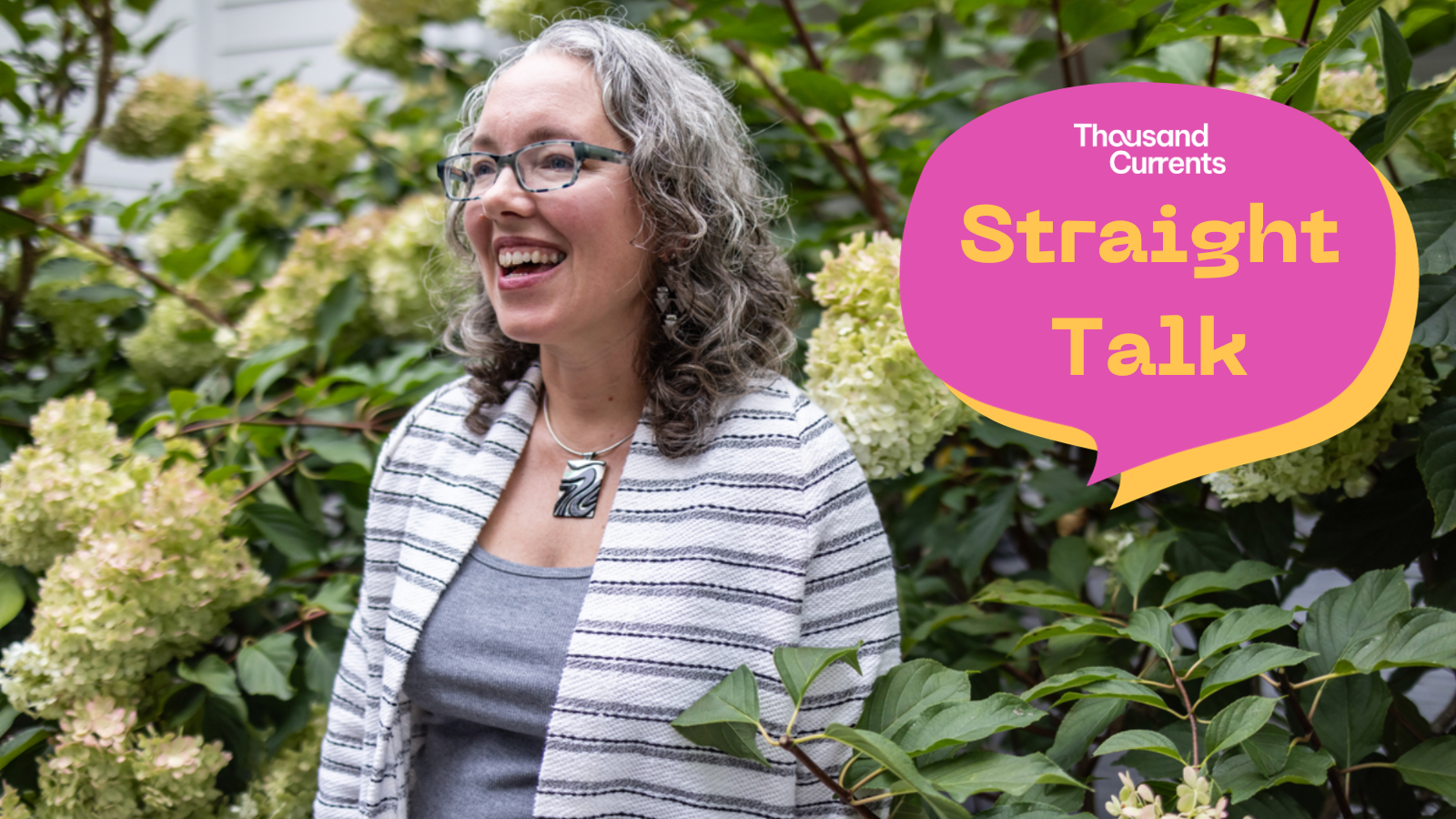The Climate of the Climate Crisis
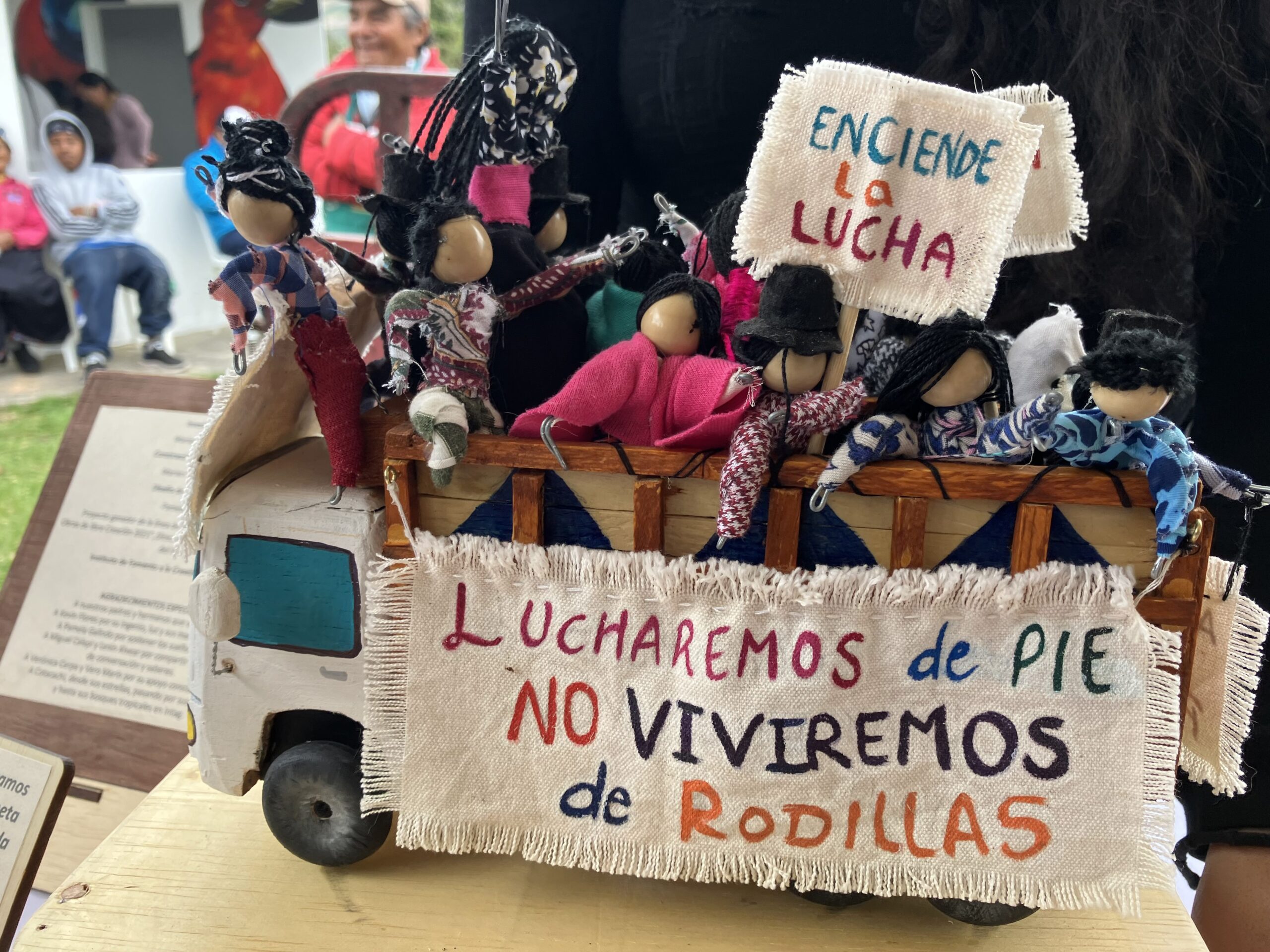
Earlier in March, the Intergovernmental Panel on Climate Change (IPCC) released its latest report assessing climate change. Co-written and researched thoroughly with latest facts by the world’s foremost climate experts, the IPCC report provides regular assessments of the scientific basis of climate change, its impacts and future risks, and options for adaptation and mitigation. We are running out of time to prevent irreversible damage to the planet, and by the time the next report comes out in 2030 — it may be too late.
Simply put, the report mentions that everything is at stake and we have very little time to correct historical wrongs and take concrete action to avert the worst of climate chaos. This chaos appears in parallel with some stark facts that have exacerbated and perpetuated the problem at hand. On this International Mother Earth Day, Thousand Currents is sharing powerful imagery and a few key takeaways to highlight the root cause of the problem and pockets of hope, as we collectively fight for a sustainable and livable future.
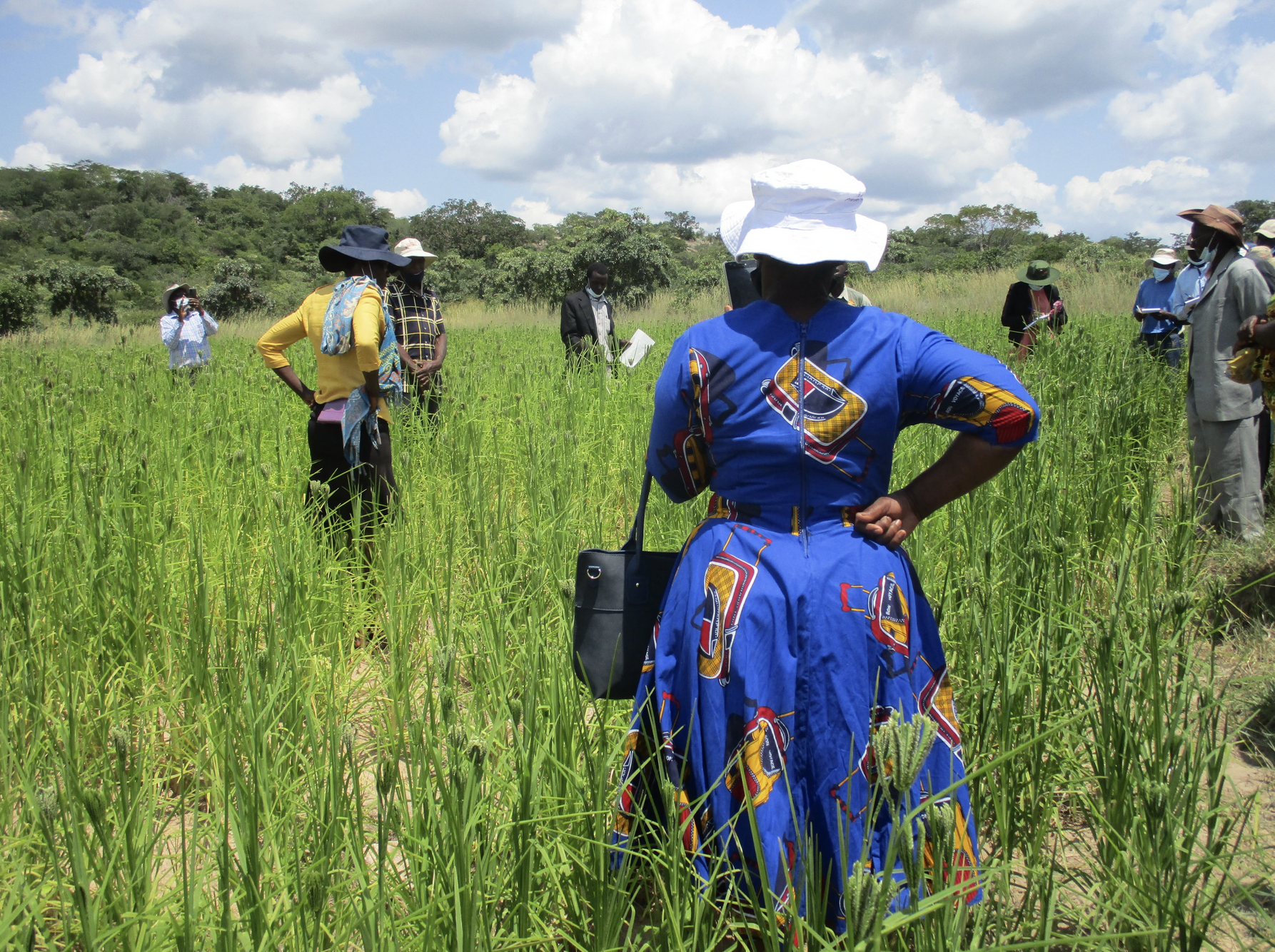
The IPCC report states even though money is key, it isn’t a problem. “There is sufficient global capital to close the global investment gaps” if barriers to the redirection of financial flows are overcome, because, overall, the costs of climate action are lower than the damages climate chaos will cause. But, less than 2% of global philanthropic giving goes directly into mitigating climate change, even less towards organizations doing this work in the Global South, a region that has contributed least to global warming but is most impacted by it.
So, what does redirecting financial flows look like? Funding climate crisis solutions that support grassroots groups and social movements who are exploring different ways of being in harmony with nature. Seen in this picture are farmers, agritex officers and village leaders inspecting a finger millet field in Gutu district, Masvingo province, southern Zimbabwe. Photo by Collins Chirinda, courtesy of PELUM Zimbabwe, a Thousand Currents movement partner, that works alongside small scale farmers and promotes participatory land use management practices.
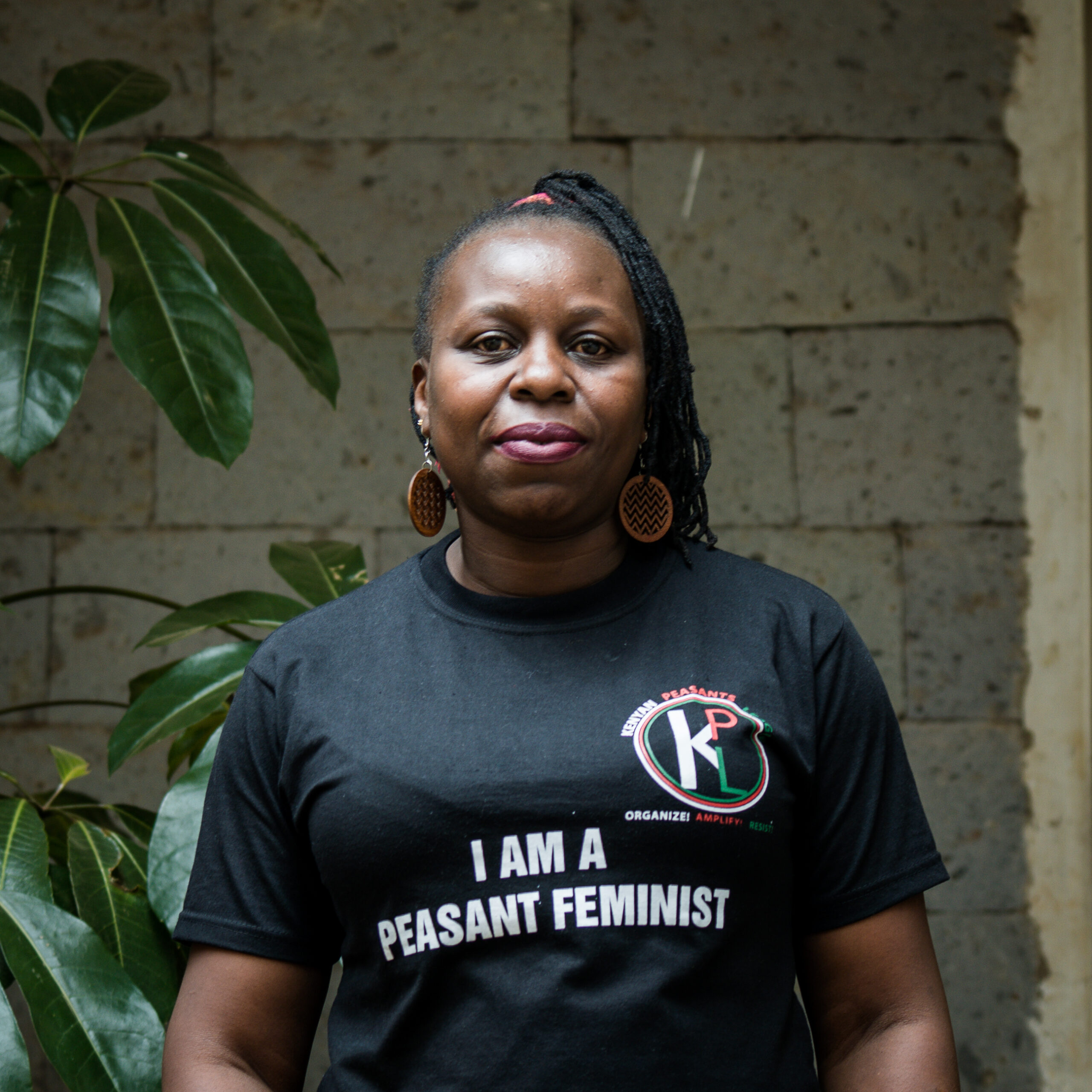
The IPCC report reiterates how the climate crisis is fundamentally a crisis of injustice. It cannot end without addressing the inequalities of income and gender. Black Feminist Fund’s latest report “Where is the money for Black feminist movements?” revealed that a mere 0.1%–0.35% of foundation giving globally went to Black women, girls and trans people in 2022.
Among other things, funding climate solutions also translates into funding food sovereignty movements, many of which are led by African peasant women through the practice of agroecology. Agroecology — farming in harmony with nature — and feminism have a lot of interconnectedness because both movements seek to counter domination with liberation for diverse forms of life.
Susan Owiti (pictured above), founder of the KPL Women’s Collective, part of Thousand Currents movement partner Kenyan Peasants League, explains: “When we champion for peasant women’s rights, we are fighting the patriarchal system that has been oppressive and exploiting women, in terms of labor, in terms of work and their body.” Explore more in our multimedia essay Sowing Resistance, Nurturing Solutions. Pic credit: Ayşe Gürsöz

The IPCC report exposes a gaping climate policy gap, between what is in place and what is needed, and it is essential to include those most connected to Mother Earth to be invited at decision making tables. Indigenous people protect 80% of the world’s biodiversity. Yet, they receive less than 1% of climate funding. Their knowledge of and connection to Mother Earth is something that demands recognition and respect.
Pictured above is an Indigenous woman participating in a carnival shared by La Red Ñuqanchik Maronijei Noshaninka, a Thousand Currents movement partner in Peru. Red Ñuqanchik, a network of Indigenous youth from Quechua, Ashaninkas, and Matziguenkas communities, ensures the active participation of Indigenous youth in decision-making spaces to effect change in public policies implemented by the government.
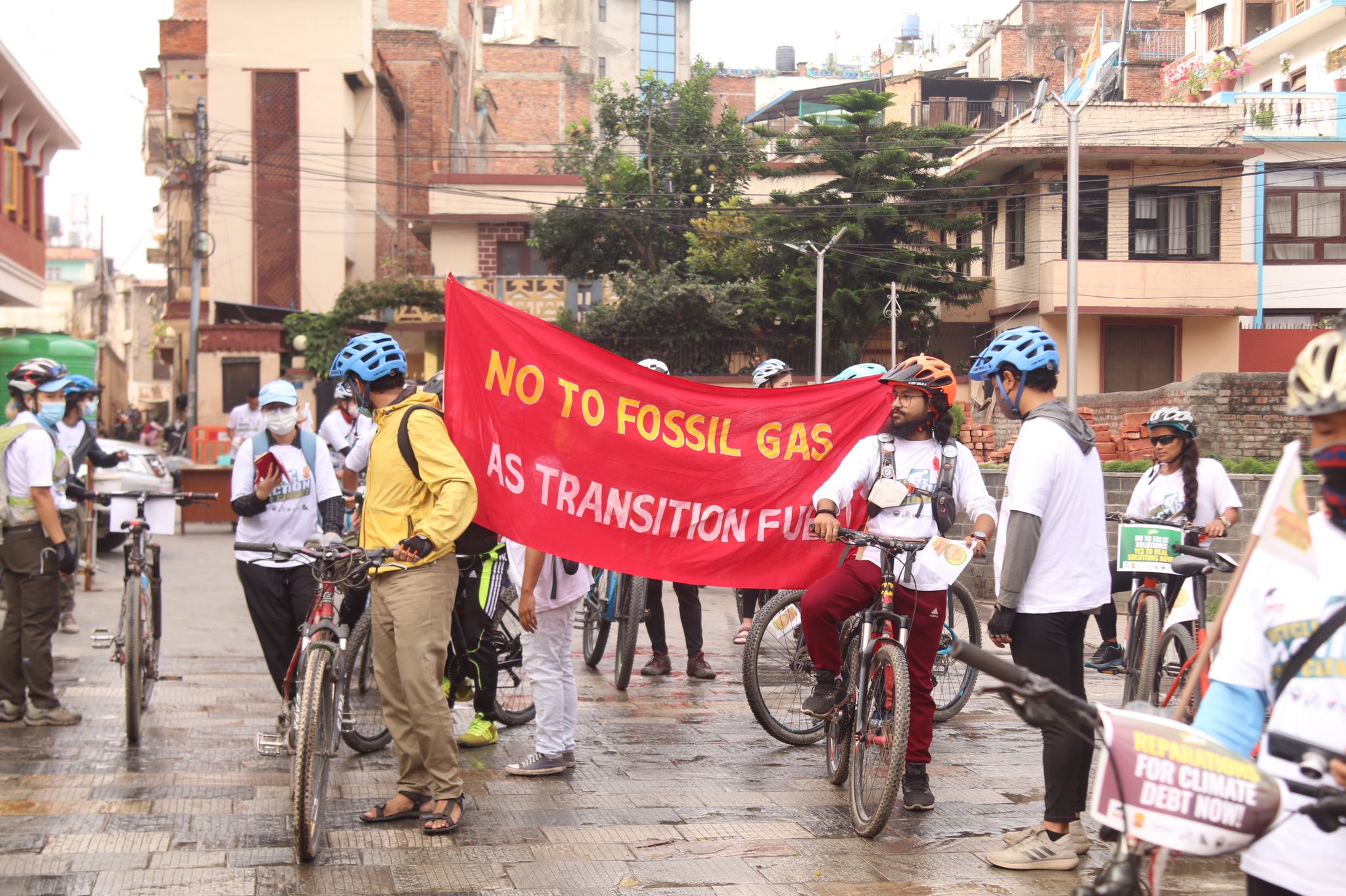
Every report that assesses the climate catastrophe, including IPCC, has been reiterating that we need to stop funding fossils. It is the urgent responsibility of governments and corporations, particularly in the Global North, to end fossil fuels finance and re-channel resources to meet the climate needs of people now. The IPCC report states: “Projected CO2 emissions from existing fossil fuel infrastructure without additional abatement would exceed the remaining carbon budget for 1.5C.”
Picture above is from a bike rally where cyclists and climate activists in Kathmandu, Nepal participated in Bike Action for Climate held across Asia. Photo by Digo Bikas Institute, a Thousand Currents movement partner, that promotes ecological sustainability and social equity at policy and community level through research and advocacy. Their flagship fellowship program offers young researchers to work on climate change, renewable energy, urban development and grassroots community led development.
Today, we face an unprecedented number of climate refugees, a compromised press where environmental reporters face additional risk, and increased mining operations leading to an increase in sexual violence against marginalized women. These are just a few of the consequences of not being able to mitigate the catastrophic effects of climate change.
But if we have learned anything from assessing the climate of the climate crisis it is this: we have been presented with an opportunity to act bold, act fast, and act NOW.
Funders, listen up: this is the moment. We invite you to join us in thinking beyond silos, and learning how climate justice is inextricably linked to race, class, caste, gender, labor, sexuality, and ability.
This Mother Earth Day, we ask you to pledge your support to those who are on the frontlines of responding to climate catastrophe while centering the long-term needs of the people on the planet.
Here are 3 things you can do to help:
1. Explore the work of our movement partners working specifically towards climate justice.
2. Learn more about CLIMA Fund, our joint funders’ collaboration that is supporting grassroots movements to cool the planet around the world.
3. Donate to Thousand Currents, and help us move more resources towards women, Indigenous, Black and Afro-descent Peoples, small farmers, urban residents, sexual and ethnic minorities, and youth-led grassroots groups advancing effective solutions to the climate crisis.
Related Stories
